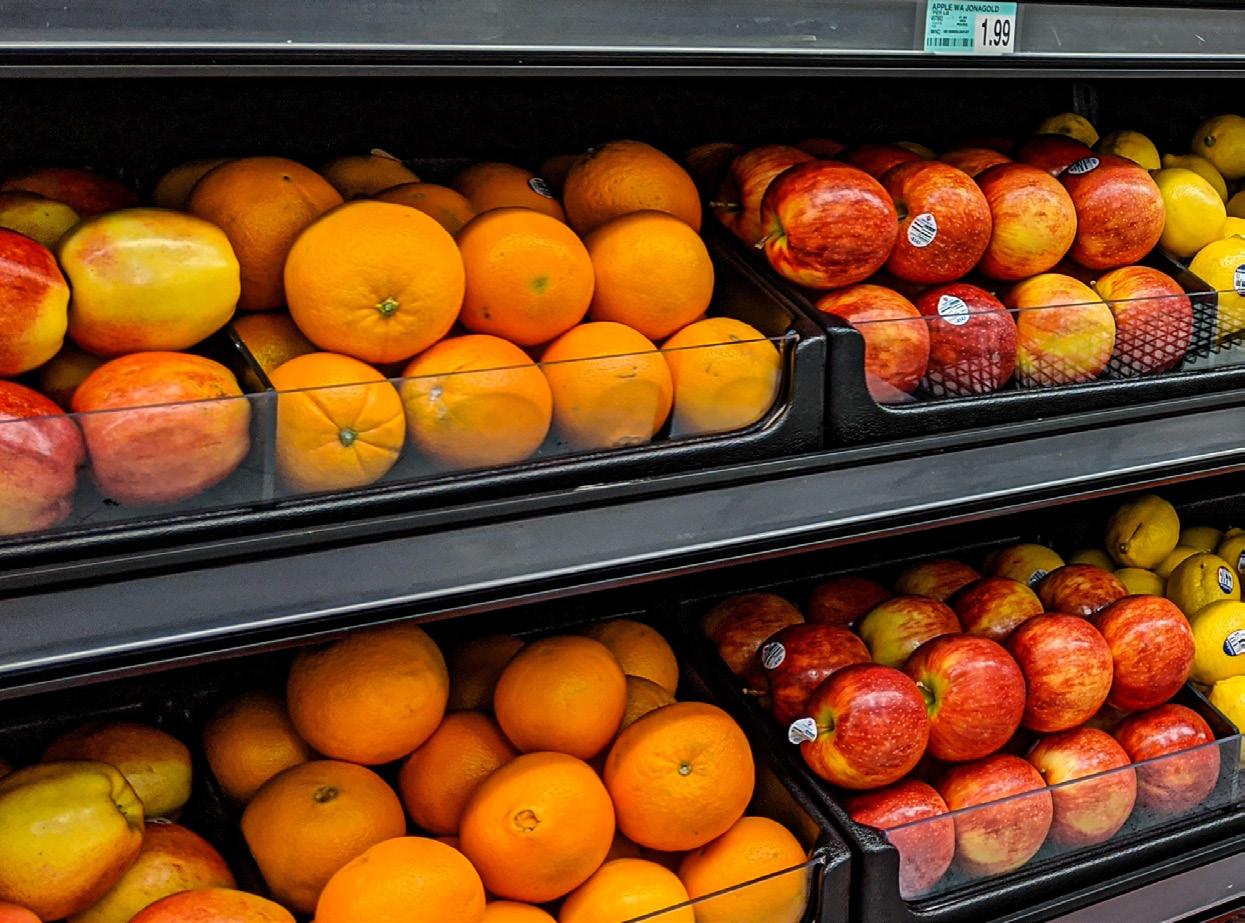
4 minute read
FEEDING AN INCREASINGLY HUNGRY WORLD
Few of us, if any, have probably ever experienced the pangs of hunger for days on end with little or no hope of help in sight. For hundreds of millions of people across the world it is, however, part of their daily existence.
According to a projection of the United Nations World Food Programme (WFP), an estimated 265 million people will be facing ‘acute food insecurity’ by the end of this year globally – an increase by 130 million people compared to the number of those who faced starvation in 2019. Although this increase can largely be attributed to the devastating impact of the COVID-19 pandemic, global hunger and food security have long been issues at the top of the agenda of the United Nations, governments and humanitarian organisations.
The Food and Agricultural Organisation (FAO) has defined food security as access by all people at all times to enough food for an active and healthy life. Measuring food security also includes criteria such as the nutritional value, affordability and safety.
Food security is affected by numerous factors, among them poor governance, domestic and regional conflicts and instability, economic slowdowns, and hyperinflation and currency collapses such as what happened in Zimbabwe.
The impact of climate change as a result of global warming increasingly features as a factor affecting food security. Droughts and famines of Biblical proportions have been on the increase in many parts of the world during the past three decades. Cyclones and typhoons in South and Southeast Asia are taking a huge toll on human lives and displacing hundreds of thousands of people every year. These tropical storms are also devastating crops such as rice, which is very susceptible to extreme temperature changes and extended flooding. Closer to home, Cyclone Idai killed around 1,300 people and displaced hundreds of thousands when it swept through Mozambique, Zimbabwe and Malawi in March 2019.
Food insecurity inevitably leads to hunger, undernourishment, malnutrition and higher child mortality when caused by one or more of these factors. There are considerable variations in regional hunger statistics with dramatic higher hunger levels in South Asia and Africa than in other parts of the world.
Namibia ranks 84 th out of 117 countries on the 2019 Global Hunger Index with a score of 24.9 – which places it in the category of countries where hunger is serious. Although the index does not cover some high-income countries where the prevalence of hunger is low, a study by the United Nations Children’s Fund found that 18% of households with children under 15 in 28 European Union countries experience moderate to severe food insecurity.
Research has shown that the increase in temperature in southern Africa as a result of global warming is higher than the global average. And that is bad news for the region, but especially for Namibia. As the most arid country in sub-Saharan Africa, Namibia’s fragile environment is particularly vulnerable to climate change, especially prolonged droughts. The 2018/19 drought, the worst drought in a century,resulted in large-scale crop failures, above all in the north of the country where subsistence farming is still practiced. The lack of grazing and depleted water resources caused the death of over 100,000 head of livestock with cattle accounting for around 60% and goats for 28% of the fatalities. As a result, 430,000 people (18% of the total population) required food aid, while water stress resulted in strict water restrictions in the capital, Windhoek, as dams began to run empty.
There are several strategies to mitigate the threat of food insecurity in Namibia. The country still imports a large percentage of its vegetables, fruit and cereals – mainly from neighbouring South Africa which has also experienced devastating droughts. Despite being an arid country, Namibia needs to expand its dryland and irrigation horticultural and cereal production to reduce imports from South Africa and to improve local food supply chains. Improved agricultural practices are needed especially in the north where subsistence farming is still the norm.
The development of drought-resistant cultivars such as the Okashana 1 variety of millet, the staple food of people in Owambo, is another priority. This cultivar, which has a short growth cycle of 85 to 90 days, matures between 30 and 50 days earlier than traditional varieties. It has a tolerance forhigh temperatures and a significantly higher grain yield than traditional millet.
In another development, it has been announced that five new cowpea varieties will be released as soon as their local names have been finalised. These mutant variants were developed to produce high-yielding, earlymaturing and drought-tolerant cowpeas which are an important source of food and nutrition in Namibia’s northern crop-growing regions.
When thinking of hunger, I’m reminded of my mother’s wise words when there was still food left on our dinner plates, “Never waste food. Think of all the hungry people who will go to sleep on an empty stomach.”
Namibian freelance journalist and travel writer: Willie Olivier










